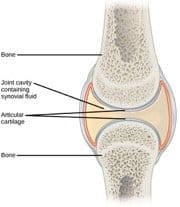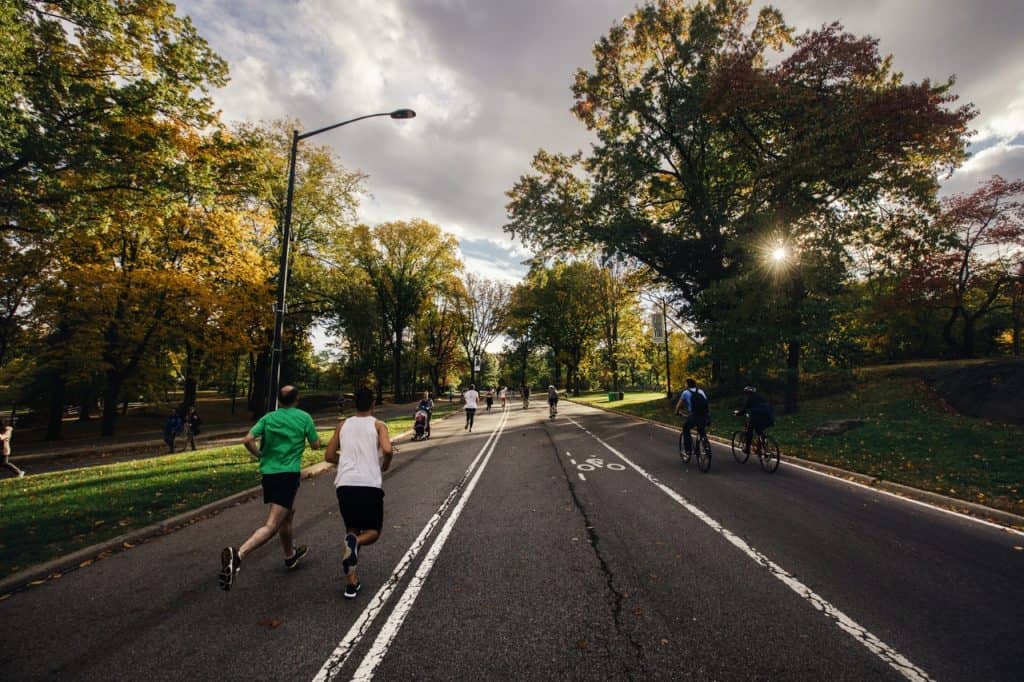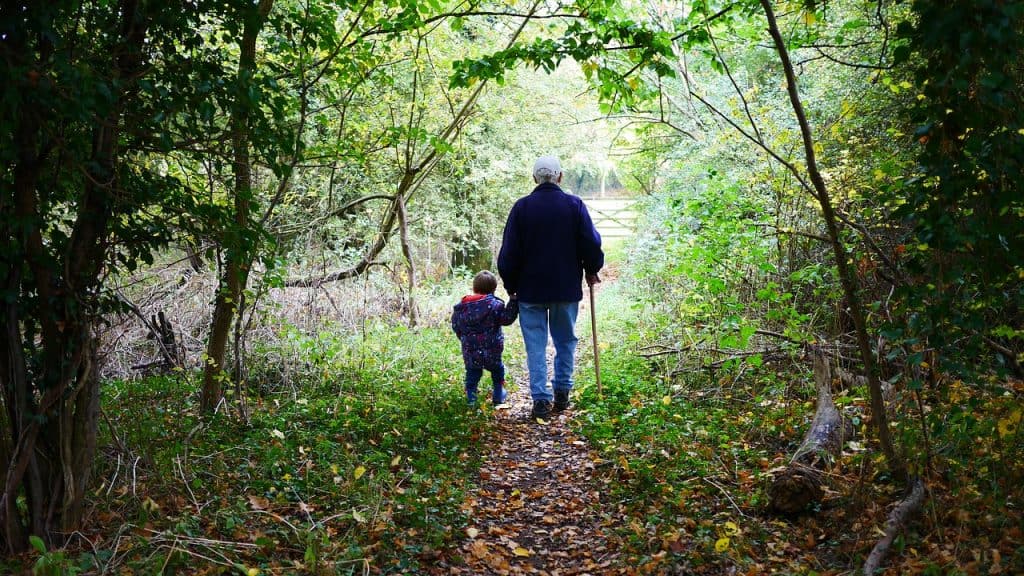Osteochondritis Dessicansapophysitis Physical Therapy Continuing Education
Over the last 20 years practicing as a physical therapist, I can't tell you the number of times a new client has come into my office feeling completely doomed by a recent diagnosis of osteoarthritis. A recent client of mine, age 62 with a 7-year history of chronic left knee pain announced, "I assume my knee will hurt forever; the doctor told me I have osteoarthritis. I guess I just have to live with the pain!" These thoughts and feelings are common among my clientele. I am here to tell you what I always tell them: regardless of whether you have osteoarthritis, if we can get your body (knee, hip, back, etc.) to WORK better, it will FEEL better.
Many clients and doctors alike don't realize the benefits of physical therapy for osteoarthritis. In nearly all of my clients with osteoarthritis, physical therapy makes all the difference with osteoarthritis pain management. Physical therapy is the game changer.
Here is what you need to know to manage your osteoarthritis:
- Osteoarthritis is part of normal aging. All your moving parts are called joints. Joints are where two bones meet and where your elbows, knees, shoulders, hips, etc. bend and move. On the ends of your bones, you have smooth articular cartilage that lines the surface. Osteoarthritis occurs over time and slowly erodes away the articular cartilage, leaving the joint surfaces a bit rough and if it's thin enough, exposes the bone. Exposed bone hurts and the joint swells. At times, when severe, osteoarthritic joints may need joint replacements.
 It typically takes years to develop osteoarthritis and most of us will have some osteoarthritis in our 60s, 70s and beyond. It can happen in all your joints or just some of them. If you have suffered a trauma or accident you may develop it more suddenly or at a younger age. If your parents or siblings have osteoarthritis at a younger age, you may be predisposed to it too. Remember, there is no such thing as "bad knees" or a "trick back." Your body is extremely resilient and even in the presence of osteoarthritis, you can train the body to work better, which helps it feel better.
It typically takes years to develop osteoarthritis and most of us will have some osteoarthritis in our 60s, 70s and beyond. It can happen in all your joints or just some of them. If you have suffered a trauma or accident you may develop it more suddenly or at a younger age. If your parents or siblings have osteoarthritis at a younger age, you may be predisposed to it too. Remember, there is no such thing as "bad knees" or a "trick back." Your body is extremely resilient and even in the presence of osteoarthritis, you can train the body to work better, which helps it feel better. - You learn you have osteoarthritis in your knees, so what? That's a very small part of the story about why your knees hurt. My questions for you are – How strong are all the muscles that support your knee? Are you walking with a limp? How strong are your hip muscles and core? How flexible are the muscles and other soft tissues surrounding the knee? How well does the hip, knee, ankle and foot move? When doing physical therapy for osteoarthritis, all of these questions must be answered and the problems eliminated. Knee osteoarthritis is a fairly common condition in the U.S. with an estimated 13% of the general population suffering with pain from it. Most of that pain, unless the osteoarthritis is end-stage, is manageable through osteoarthritis physical therapy.

- The third thing you should know about osteoarthritis management is simple: The cornerstone of osteoarthritis management is regular daily exercise. A physical therapist can prescribe the right dose and type of exercise for you based on your condition, age, fitness level, goals and deficits. A comprehensive program for your osteoarthritis pain management program would include daily cardiovascular exercise, muscle strengthening, flexibility exercises for soft tissues and joints and balance/gait retraining. I typically prescribe 20-30 minute programs daily with 1-2 days of rest per week. The exercise is however, exactly like medicine. Your osteoarthritis absolutely needs exercise in the right dose, at the right time every week. When you miss your dose of exercise, your osteoarthritis pain will return. The good news for non-exercisers is that exercise comes with no adverse side effects! So, get over any hang-ups with exercise and make it part of your daily routine, just like brushing your teeth! Your body will thank you.
Back to my 62-year old "doomed" client with the chronic left knee pain and osteoarthritis diagnosis. When she started physical therapy, her constant left knee pain was a 6 out of 10, and she reported problems with walking, stairs, standing, bending and sitting too long. She described feeling like she couldn't do the life activities that mattered to her, including craft fairs, going to her granddaughter's soccer games and even shopping. She could no longer walk the 10 blocks to work and had gained 20 lbs since Christmas. She felt dejected and fearful about the future and how she would manage the pain from her osteoarthritis.
When I examined her, the left knee had about 1 inch of swelling compared to the right and she was limited in her ability to bend and fully straighten her knee. She limped when she walked with her left knee slightly bent and had profound weakness in both hips, the left thigh and calf muscles and profound stiffness in her left knee and ankle.
In 6 weeks of physical therapy and with her completion of a daily 20 to 30-min. home exercise program, she was able to walk for 30 minutes with no pain, and had full motion in her hip, knee and ankles. Her strength was nearly normal. She attended soccer games and craft fairs, reporting a 1 out of 10 pain only some of the time after the activity, which resolved with stretching. She was thrilled and hopeful about her future, confident she could safely manage her osteoarthritis with the ongoing regular daily exercises I prescribed.
 The question I have for you is…did she still have osteoarthritis in her knee? The answer is obviously yes. The physical therapy for osteoarthritis targeted all of her impairments, and the physical therapy allowed her body to WORK better. When the body works better, it feels better even in the presence of osteoarthritis.
The question I have for you is…did she still have osteoarthritis in her knee? The answer is obviously yes. The physical therapy for osteoarthritis targeted all of her impairments, and the physical therapy allowed her body to WORK better. When the body works better, it feels better even in the presence of osteoarthritis.
If you are suffering with osteoarthritis, schedule an appointment with a physical therapist. In nearly all states, you may go to a physical therapist directly without seeing your doctor first. If you live in the Portland, Oregon area, contact us at 503-295-2585 or visit www.lifesworkpt.com. If not, please refer to apta.org to find a physical therapist in your area, and read my previous blog on How to Find a Good PT.
Most importantly, never give in to a diagnosis of osteoarthritis and assume you must live with the pain. There is so much you and a good physical therapist can do to manage the osteoarthritis pain. Physical therapy for osteoarthritis is your ticket to getting back to your life again, pain free.
Best of Luck!
Sandra
Source: https://lifesworkpt.com/2017/07/physical-therapy-for-osteoarthritis/
0 Response to "Osteochondritis Dessicansapophysitis Physical Therapy Continuing Education"
Post a Comment